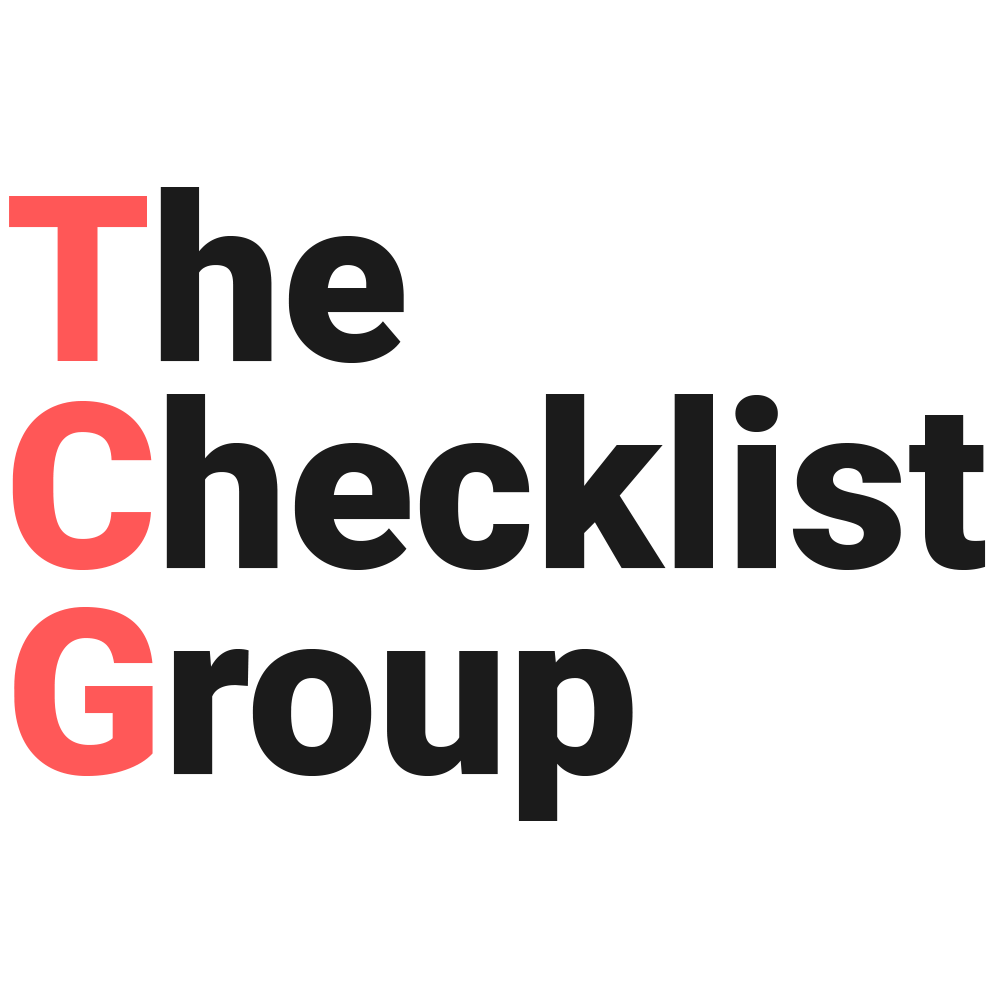Social media can be an invaluable tool for startups looking to reach new customers and build relationships with them. By leveraging the power of social media, startups can create a strong presence in the digital space and engage with their target audience on a personal level. Social media also provides companies with an opportunity to showcase their brand identity, allowing them to stand out from the competition and attract more potential customers. Here are some tips on how startups can use social media to reach new customers and strengthen relationships with existing ones.
Create a social media strategy
Creating a well-thought-out strategy is essential for any business looking to leverage the power of social media. By studying your target audience and understanding their needs, you can create content that resonates with them. Additionally, having a plan in place will ensure that you are consistently creating content that adds value to your audience.
Organic advertising refers to the practice of generating traffic and visibility through non-paid means such as search engine optimization (SEO), social media engagement, and content marketing. Organic reach is earned through creating valuable and relevant content, building a strong online presence, and optimizing website for search engines.
Paid advertising refers to the practice of paying for visibility and traffic on various platforms such as Google AdWords, Facebook, Instagram, etc. Paid advertising campaigns are created to reach a target audience with the goal of increasing brand exposure and driving conversions. The cost is determined by factors such as the bidding price for keywords, target audience demographics, and the overall competition for ad space.
The benefits of paid advertising include the ability to reach a large audience in a short amount of time, the ability to target specific demographics, and the ability to track and measure the success of the campaign. Organic advertising benefits include a lower cost, building a long-term audience, and a better user experience as ads are not as intrusive as paid advertisements. Both forms of advertising can complement each other and be used together to achieve a business’s marketing goals. Advertisement is when you pay to have your message, product, or service seen by people. Organic means that you do not have to pay for people to see what you are offering. Paid advertisement often helps more people find out about what you are offering faster, while organic can be slower but it costs nothing.
Examples of Organic marketing activities for various platforms are:
Google:
- Search engine optimization (SEO): optimizing website content and structure to rank higher in search engine results.
- Content creation: creating valuable and relevant blog posts, infographics, and other types of content that can be shared and linked to.
- Local SEO: optimizing business listings and maps to increase visibility in local search results.
Instagram:
- Content creation: creating visually appealing posts that are relevant to the target audience.
- Influencer marketing: partnering with influencers in the same niche to reach a new audience.
- Engagement: actively commenting, liking, and responding to other users’ posts to build relationships and increase visibility.
Facebook:
- Content creation: creating valuable and relevant posts that can be shared and engaged with by the target audience.
- Engagement: actively commenting, liking, and responding to other users’ posts to build relationships and increase visibility.
- Groups: participating in relevant Facebook groups and communities to reach a new audience and build relationships.
LinkedIn:
- Content creation: creating valuable and relevant posts, articles, and updates that can be shared with the target audience.
- Networking: actively connecting with other professionals in the same industry or niche.
- Company page optimization: optimizing the company page to increase visibility and attract new followers.
TikTok:
- Creating engaging content: This can include lip-sync, dance, comedy, or any other type of content that is relevant to your brand or business and will entertain or inform your target audience.
- Hashtag challenges: Create a unique hashtag challenge that is relevant to your brand and encourage your followers to participate in it. This can help you reach a wider audience on the platform.
- User-generated content: Encourage your followers to create their own content related to your brand, and then share it on your TikTok account. This can help create a sense of community around your brand.
- Influencer marketing: Partner with TikTok influencers to promote your brand and reach a larger audience.
- Collaborations: Collaborate with other brands or businesses in your industry to create content and reach a wider audience on the platform.
- Live streams: Host a live stream on TikTok to engage with your audience in real-time and share exclusive content or behind-the-scenes footage.
Examples of Paid marketing activities for various platforms are:
Google:
- Google AdWords: creating and running text, display, or video ads that appear in search engine results and other websites.
- Remarketing: targeting users who have visited your website before with specific ads.
Instagram:
- Sponsored posts: paying for posts to reach a larger audience and drive conversions.
- Influencer marketing: paying influencers to promote your brand to their followers.
- Sponsored stories: paying for user-generated content featuring your brand to be promoted to a larger audience.
Facebook:
- Facebook Ads: creating and running various types of ads including image, video, and carousel ads that appear in the news feed and other locations on Facebook.
- Remarketing: targeting users who have visited your website before with specific ads.
- Lead generation: using Facebook Ads to collect leads and drive conversions.
- LinkedIn:
- LinkedIn Ads: creating and running text, display, and sponsored content ads that appear in the LinkedIn feed and other locations on LinkedIn.
- Sponsored InMail: sending direct messages to users with specific ads.
- Lead generation: using LinkedIn Ads to collect leads and drive conversions.
TikTok:
- In-Feed Native Video Ads: These are 15-60 second ads that appear in between users’ video feeds and can be skipped.
- Branded Hashtag Challenges: You can sponsor a branded hashtag challenge, which is a way for users to participate in a challenge and share their videos with a branded hashtag.
- Brand Takeovers: This is a paid advertising option that allows you to display a full-screen ad when users open the TikTok app.
- In-App Shopping: TikTok has a feature that allows businesses to create a shopping experience within the app, allowing users to shop for products directly from TikTok.
- TopView: This is a new TikTok advertising format that displays your ad at the top of the For You page for a full 3 seconds, giving your brand maximum visibility.
- Custom Influencer Campaigns: You can work with TikTok influencers to create custom campaigns that align with your brand’s goals and reach a wider audience on the platform.
Engage with customers on a personal level
Social media provides companies with an opportunity to engage with their target audiences on a personal level. By responding to customer queries, comments, and interactions, you can show them that you care about their concerns and build relationships over time. Additionally, engaging in meaningful conversations also allows you to gain valuable insights into customer preferences and needs.
Engage with customers on a personal level
Social media provides companies with an opportunity to engage with their target audiences on a personal level. By responding to customer queries, comments, and interactions, you can show them that you care about their concerns and build relationships over time. Additionally, engaging in meaningful conversations also allows you to gain valuable insights into customer preferences and needs.
Engaging with customers on a personal level on social media involves creating a connection with customers beyond just promoting products or services. Here are some examples of what engaging with customers on a personal level looks like:
Responding to customer inquiries and comments in a timely and personalized manner.
Sharing user-generated content that features your brand.
Asking customers for feedback and opinions on your products or services.
- Sharing behind-the-scenes content and stories that give customers a glimpse into the personality of your brand.
- Running social media contests and giveaways that encourage customers to engage with your brand.
- Participating in relevant discussions and conversations in industry-related social media groups.
- Sharing relevant and valuable content that is not directly related to your products or services.
Example:
A clothing brand could engage with its customers on a personal level by responding to questions and comments on Instagram and Facebook in a timely and personalized manner. The brand could also share user-generated content featuring customers wearing its products, run social media contests and giveaways, and participate in fashion-related discussions and conversations on social media. This creates a connection with customers beyond just promoting products, and helps to build a loyal and engaged following.
Analyze results to optimize your social media efforts
The key to successful social media marketing is tracking how customers interact with your content and analyzing the results. By monitoring user behavior and engagement rates, you can identify what’s working and what isn’t, allowing you to make changes accordingly. Additionally, analyzing results also helps you measure the success of your social media efforts and better understand what customers want from your brand.
Analyzing results to optimize your social media efforts involves collecting data on your social media activities and analyzing it to identify areas for improvement. The process for analyzing results for Google, Instagram, Facebook, and LinkedIn is as follows:
Data Collection:
Google: Collect data from Google Analytics and Google Search Console to monitor website traffic, user behavior, and search engine rankings.
Instagram: Use Instagram Insights to track engagement, reach, and impressions on posts and stories.
Facebook: Use Facebook Insights to track likes, comments, shares, reach, and engagement on your posts.
LinkedIn: Use LinkedIn Analytics to track views, engagement, and audience demographics on your company page and posts.
Analysis:
Look at the data you have collected and analyze it to determine what is working well and what needs improvement.
Look for trends and patterns in the data that can provide insight into what is driving engagement and what is not.
Identify any correlations between the type of content you are posting and the engagement it is receiving.
Optimization:
Based on the insights gained from your analysis, make changes to your social media strategy to improve engagement and reach.
Experiment with different types of content and posting times to see what resonates with your audience.
Monitor your results and continue to iterate based on what you learn.
This process should be repeated regularly to ensure that you are always optimizing your social media efforts.
By following these tips, startups can effectively leverage the power of social media to reach new customers and build relationships with them. With a well-thought-out strategy in place, startups can create a strong presence in the digital space and stand out from the competition.
In conclusion, startups can achieve great success by leveraging their brand identity to maximize their potential. By creating tailored content for each stage of the buying process, tracking customer progress through each stage of the funnel, and using social media to reach new customers, startups can make a lasting impression on their audiences and drive conversion rates. By following these tips, startups can maximize the potential of their brand identity and create a strong presence in the digital space.

